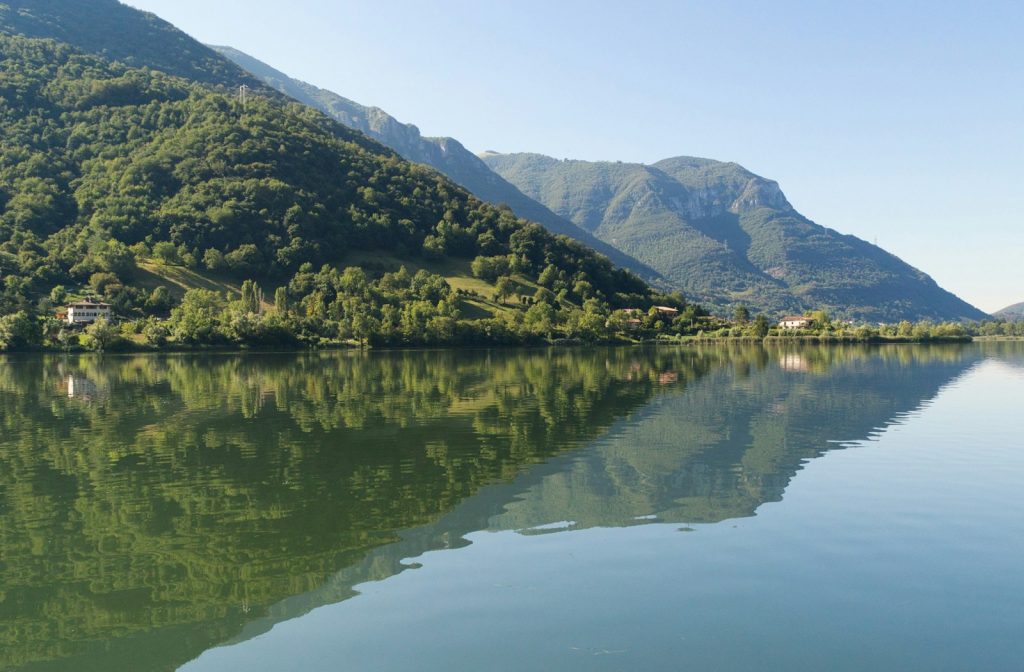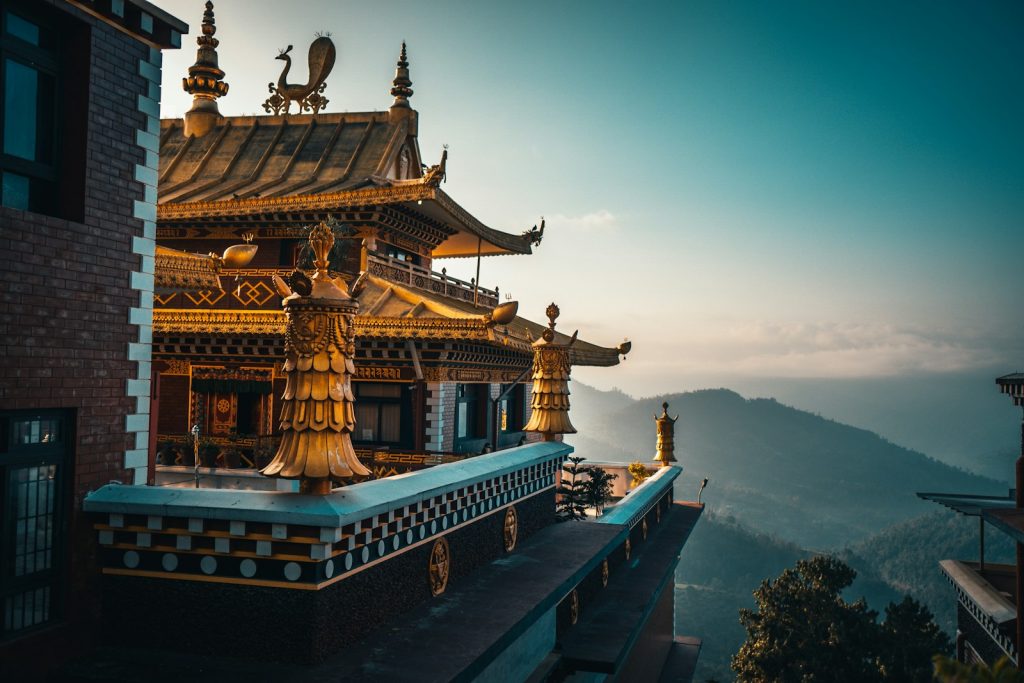Embracing the Unseen: In the realm of travel, there exists a well-trodden path—a path often highlighted by guidebooks, Instagram influencers, and popular travel blogs. Yet, beyond the familiar landmarks and tourist hotspots lies a world waiting to be explored—a world that beckons the intrepid traveler to stray from the beaten path and discover the unseen. This is the allure of traveling off the beaten path—a journey that promises authenticity, serenity, and a deeper connection with the places we visit.
Exploring the Uncharted Territories:
Traveling off the beaten path is not merely about venturing to remote locations; it’s about embracing the unknown and immersing oneself in the local culture. It’s about wandering through quaint villages tucked away in the countryside, engaging in conversations with locals in their native tongue, and savoring the flavors of authentic cuisine passed down through generations.
One such destination that embodies the spirit of off-beat travel is the Faroe Islands. Situated in the North Atlantic Ocean between Iceland and Norway, this archipelago is a haven for nature enthusiasts and adventure seekers. With their rugged landscapes, dramatic cliffs, and pristine waterfalls, the Faroe Islands offer a glimpse into a world untouched by mass tourism.

Similarly, the rural villages of Laos offer a retreat from the hustle and bustle of city life. Here, time seems to stand still as you meander through lush rice paddies, interact with friendly locals, and partake in age-old traditions. Whether it’s attending a traditional Baci ceremony or embarking on a trek through the jungle, Laos captivates the senses and leaves a lasting impression on the soul.
Authentic Encounters:
One of the most rewarding aspects of traveling off the beaten path is the opportunity to forge genuine connections with the people you meet along the way. Unlike popular tourist destinations, where interactions can feel superficial, offbeat travel allows for meaningful exchanges that transcend cultural boundaries.
In the mountainous region of Sapa, Vietnam, travelers have the chance to interact with ethnic minority groups such as the Hmong and Red Dao tribes. Through homestay experiences and guided treks, visitors gain insight into the daily lives and traditions of these communities, fostering mutual respect and understanding.

Similarly, the ancient city of Yazd in Iran offers a glimpse into a rich cultural heritage that dates back thousands of years. As you wander through labyrinthine alleys and marvel at the intricate architecture of mosques and wind towers, you’ll be greeted with warm smiles and invitations to share tea with locals eager to share their stories.
Preserving Natural and Cultural Heritage:
Traveling off the beaten path not only benefits the individual traveler but also has a positive impact on the destinations themselves. By diverting tourism away from overcrowded attractions, offbeat travel helps alleviate the strain on fragile ecosystems and cultural sites, preserving them for future generations to enjoy.
In Costa Rica’s Osa Peninsula, for example, eco-conscious travelers can explore lush rainforests, encounter exotic wildlife, and support local conservation efforts. By staying in eco-lodges and participating in community-based initiatives, visitors contribute to the protection of biodiversity hotspots and sustainable development in the region.
Likewise, the ancient city of Matera in southern Italy has undergone a revitalization thanks to responsible tourism initiatives. Once plagued by poverty and neglect, Matera now attracts travelers eager to explore its cave dwellings, historic churches, and labyrinthine streets. By patronizing locally owned businesses and respecting the city’s cultural heritage, visitors play a vital role in the ongoing preservation and restoration efforts.

Challenges and Rewards:
Traveling off the beaten path is not without its challenges. From navigating unfamiliar terrain to overcoming language barriers, offbeat travel requires patience, flexibility, and a willingness to step outside of your comfort zone. However, it is precisely these challenges that make the journey so rewarding.
In Bhutan, often referred to as the “Last Shangri-La,” travelers must adhere to strict regulations aimed at preserving the country’s unique culture and environment. While the visa fees and daily tariff may deter some visitors, those who make the journey are rewarded with breathtaking landscapes, ancient monasteries, and encounters with friendly locals who embody the spirit of Gross National Happiness.
Similarly, the remote islands of Palau offer a sanctuary for divers and nature lovers seeking unspoiled reefs and marine life. Despite its relative isolation in the western Pacific Ocean, Palau has garnered attention for its pioneering efforts in marine conservation, including the establishment of the world’s first shark sanctuary. By exploring offbeat destinations like Palau, travelers not only witness the beauty of nature but also contribute to efforts to protect it for future generations.
Embracing the Unseen
In Conclusion, In a world where travel has become increasingly accessible, there is something profoundly rewarding about veering off the beaten path and discovering the hidden gems that await beyond the tourist trail. Whether it’s immersing yourself in the culture of a remote village, forging connections with locals, or supporting conservation efforts in pristine wilderness areas, offbeat travel offers a transformative experience that enriches the mind, body, and soul. So, the next time you embark on a journey, dare to stray from the familiar and embrace the unknown—you may just find that the true essence of travel lies in the uncharted territories waiting to be explored.






